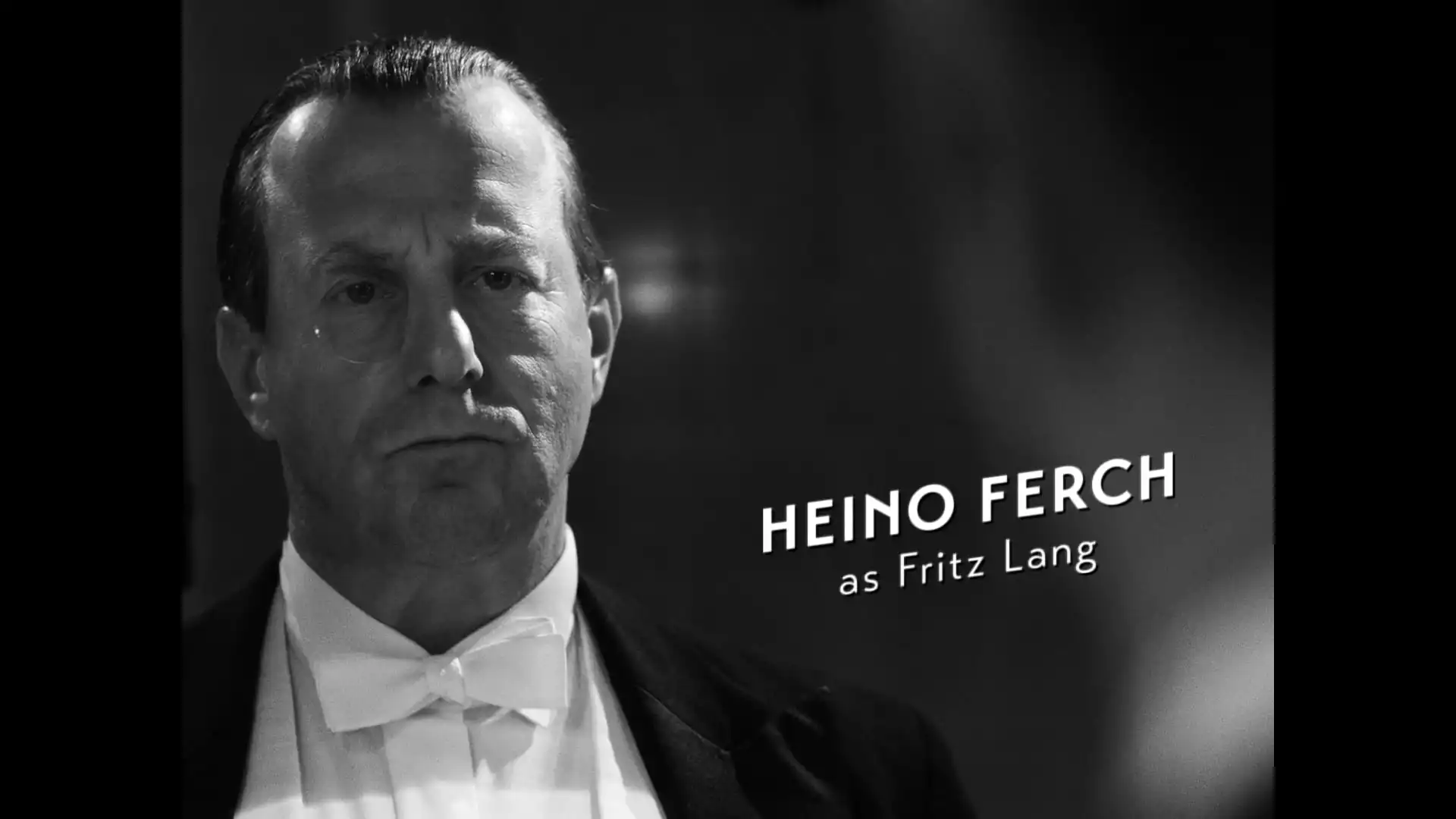Fritz Lang’s Metropolis is one of the most famous and influential films in history. This silent science-fiction film remains a milestone of cinema, and its visual effects continue to inspire filmmakers to this day. With its dystopian setting, iconic robot villain, and bleak portrayal of the future, Metropolis has influenced numerous sci-fi films that came after it. The movie details the struggle between the working class and management in a futuristic city called Metropolis. Even though it was made almost 100 years ago, it feels more relevant than ever today. Keep reading to discover more about Fritz Lang’s masterpiece Metropolis (1926) movie!
Fritz Lang’s Metropolis cast
Fritz Lang’s Metropolis cast list includes actors such as Gustav Fröhlich, Brigitte Helm, Rudolf Klein-Rogge, and Alfred Abel. Gustav Fröhlich played the role of Rotwang, the inventor who creates the robot in the movie. Throughout his life, Fröhlich was a well-known actor in Germany. His most famous role was as Fredrick in Fritz Lang’s Metropolis. Brigitte Helm was the actress who played the role of Maria, the woman who incites the workers to rise against the machines. Helm is best known for her role in Metropolis. Before her role in Metropolis, she worked as a dancer. Rudolf Klein-Rogge played the role of Joh Fredersen, the man in charge of Metropolis. In the movie, he is the person behind the creation of the robot. Klein-Rogge, before Metropolis, was a theater actor. Alfred Abel played the role of the foreman of the machines in Metropolis. In the movie, his character is responsible for the creation of the robot. He worked as an actor before Metropolis.
Why is Fritz Lang’s Metropolis a masterpiece?
One of the most common questions about Fritz Lang’s Metropolis is why is it a masterpiece. If you want to understand why this film is called a masterpiece, you need to look at it from a historical perspective. When Fritz Lang filmed Metropolis, there were no superhero films or sci-fi films as we know them today. So, this is the first film of its kind, and it is a masterpiece because it has no parallel. Metropolis was the first silent film to use vast sets, huge numbers of extras, and special effects. It is also the first science-fiction film in history, and it is considered the first cult film. The vast sets, huge numbers of extras, and special effects that can be seen in Fritz Lang’s Metropolis are an indication of how advanced this film was. The sets designed by the filmmaker are still impressive even after almost 100 years. The city of Metropolis is considered one of the most iconic sets in the history of cinema.
Interesting Facts About Fritz Lang’s Metropolis Movie
- The novel Metropolis by Thea von Harbou was published in the year 1926. The novel was based on Fritz Lang’s screenplay for the movie of the same name.
- Fritz Lang’s Metropolis was the first feature-length science fiction film.
- The robot in Fritz Lang’s Metropolis is considered the first cinematic robot.
- When the film was released, it drew criticism for its portrayal of the working class.
- The film was banned in countries like Argentina, Nazi Germany, and Japan.
- Despite the controversy surrounding the movie and its lack of popularity at the box office, Metropolis has been rightfully called a cinematic masterpiece.
- The movie was restored and remastered in 2010 and was re-released in theaters in 2017.
- The novel by Thea von Harbou was re-released in 2016 with new content.
- Both the novel and Fritz Lang’s Metropolis have been referenced in many modern films and TV shows.
Can We Live in Cities Without Atmosphere?
The most important question about Fritz Lang’s Metropolis is, can we live in cities without atmosphere? The city of Metropolis is a dystopian city, and it is a city without an atmosphere. This science-fiction film was made almost 100 years ago, and it is a stark reminder that we cannot live without the atmosphere. A person can survive without food for a couple of weeks, but without oxygen, a person can survive for only five minutes. The human body needs oxygen to survive, and it is essential for all life on Earth, including plants and animals. The atmosphere around us is made up of 78% nitrogen, 21% oxygen, and 1% other gases such as carbon dioxide and water vapor. Metropolis is a city without oxygen. It contains no green space, and all the citizens are either intellectuals or workers. This city has no place for people who are neither intellectuals nor workers. It is a city that only cares about the rich and the elite. It is a city that has no regard for the environment.
Conclusion
Fritz Lang’s Metropolis is a milestone of modern cinema. It is the first silent science-fiction film, and it is the first cinematic robot. It is the first dystopian film, and it is a reminder of what can happen if we don’t take care of our environment. This film has influenced filmmakers and writers, and it continues to inspire artists even today. If you haven’t watched Fritz Lang’s Metropolis yet, now is the time.


 Exploring Different Type of Traditional Vacation
Exploring Different Type of Traditional Vacation
 Keeping Aberdeen Angus Cows as Pets
Keeping Aberdeen Angus Cows as Pets
 Which Men's Perfumes Last the Longest?
Which Men's Perfumes Last the Longest? Exploring the Golden Era of Silent Movies
Exploring the Golden Era of Silent Movies Buster Keaton a Silent Film Star
Buster Keaton a Silent Film Star The Artist is a Masterpiece of Silent Film
The Artist is a Masterpiece of Silent Film Silent Film's First Vampire
Silent Film's First Vampire Hollywood and Famous Silent Films
Hollywood and Famous Silent Films A Trip to the Moon a Sci-Fi Silent Film
A Trip to the Moon a Sci-Fi Silent Film